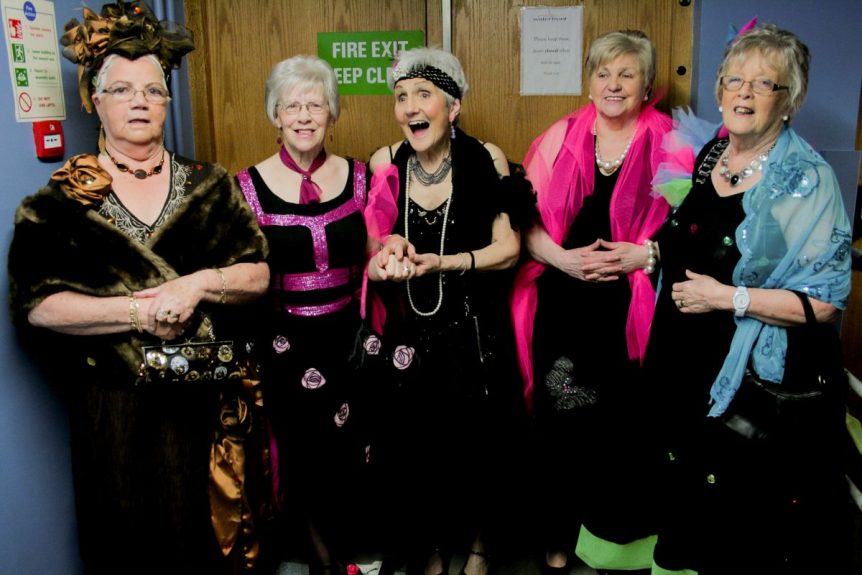How did you come to work for Community Arts Partnership?
I had been living in Northern Ireland, in Belfast, for 2 years and I saw that a job was available in an arts organisation and that the organisation worked in the community. I had been involved in the arts Theatre of the Oppressed in particular in Catalonia and so I thought the job might fit with my experiences.

I was asked to come to an interview and in the interview was Conor Shields CAP’s Chief Executive and Francesca Biondi who apart from being the Development Manager was Italian. I liked that I didn’t feel separated from the people who were interviewing me. That someone was local and the other person was from another country. That made me feel connected, that I wasn’t the only foreigner so to speak.
I did some research into Community Arts and I liked the idea of what that stood for and so when I got the job I was very happy.
You were employed as part of the administration team but after a while you were involved in CAP projects?
Yes. After 6 months or so I met Charo Lanao, who was coming on board to work on the PICAS project (Programme for Intercultural Arts Support). We had a real connection; Charo Lanao was originally from Peru and she spoke Spanish and the project was about Interculturalism, so that excited me and I started to work on that project.

You worked on the PICAS project?
Yes. Charo asked me to facilitate a few of the workshops and through that I found that there was a lot of learning for me with regards intercultural theory and of course how to relay that information to people.
I thought at that time it was a very important project because it was offering a way of understanding how positive immigration could be and what could come from the intermixing of cultural approaches, particularly artistic approaches. I thought that could achieve a lot of positive results.
You felt that the PICAS project was a positive way forward?
For a long time the conflict dominated people’s ideas and once the peace was signed and people started to arrive from overseas in greater numbers, there was a need to deal with things that emerged from the new situation. It was a difficult period where people had to learn how to work alongside people who had different cultural backgrounds. What made PICAS really good was that had a better process than a multicultural approach which was one step forward. PICAS was really innovative because it looked at an Intercultural approach. So working on that project I felt was a good way of looking at the issues.

Did you work on other projects?
Yes, I would work on TRASH Fashion and Poetry in Motion especially with the big public events. Again this was good for me to be part of seeing the end result of a lot of the work of the Project Co-ordinators and what the participants in our projects were able to produce.

You now live in Spain. Was there anything that you picked up in CAP that you were able to take back with you?
Here in Spain I think we are a quite a few steps back from where CAP has taken the concepts of Community Arts.
I live in a small town of 17,000 people called Balageur, and in my town I have been explaining to people here what the concepts of Community Arts are and what the role of the Arts can be.
Some artists here thought that Community Arts is social work and not art. I have had to discuss that idea with artists and to suggest that Community Arts is art and it is a process by which people, particularly people who often don’t get the opportunity to express their thoughts, can express themselves.
Have you been successful in convincing people?
It is a continuing discussion.
One successful thing that I am involved with will take place in another town, not far away from where I live, Pennelles.

I had been able to see Hit the North, the street art festival which CAP was involved with when I worked there. I thought that was something that was really good for Belfast. There is a street art festival in Pennelles. Lots of artists come to the town in May to create street art. This has had a huge impact on the village. I am participating in the festival this year with a project that we run at my workplace: Creativitat i salut mental (Creativity and mental health). We do this project with artists that have a mental health problem and we work with schools to make a communal artistic piece.
So I can say that when I worked at Community Arts Partnership I learned a lot and have been able to use that in the projects that I am part of in Spain.
